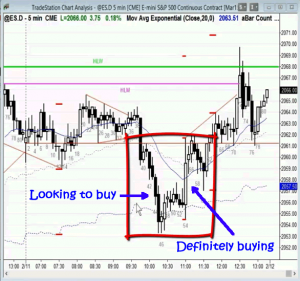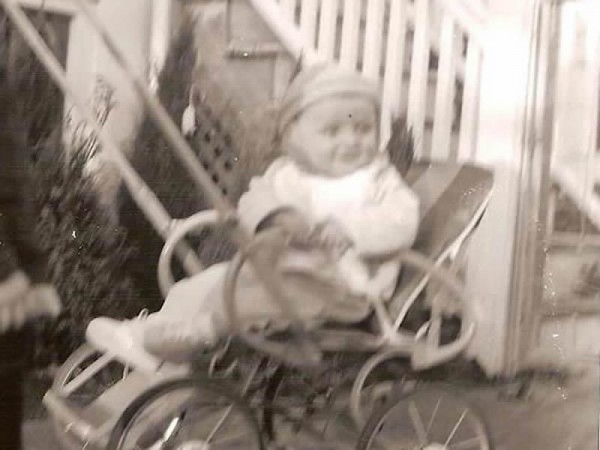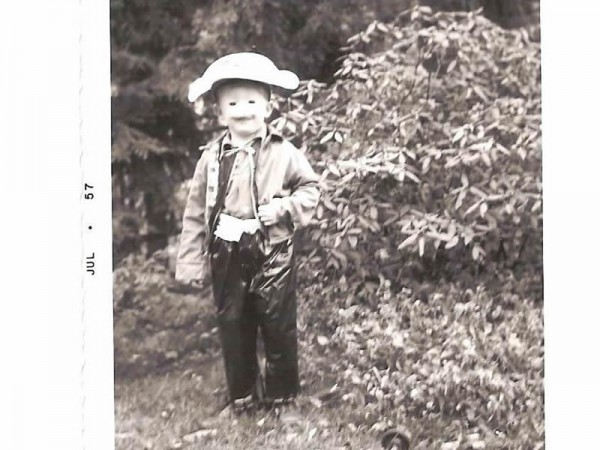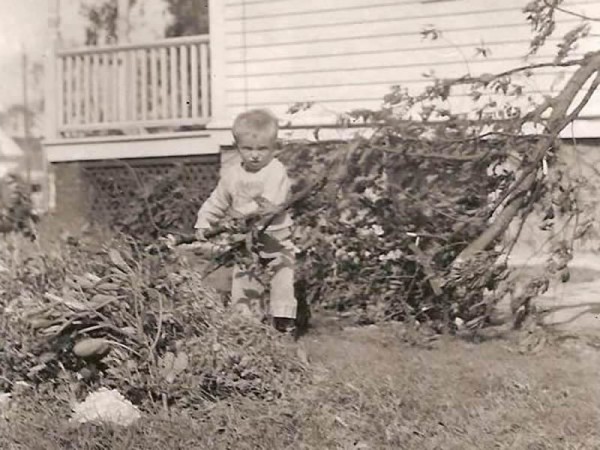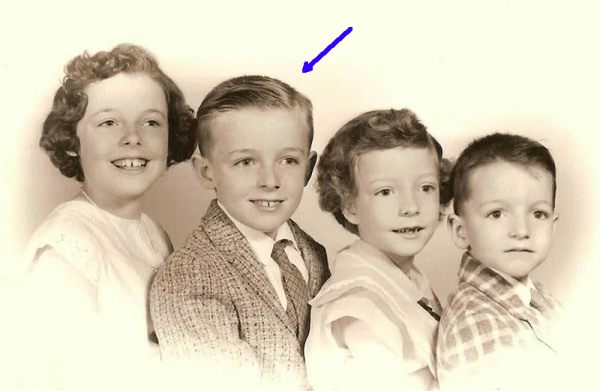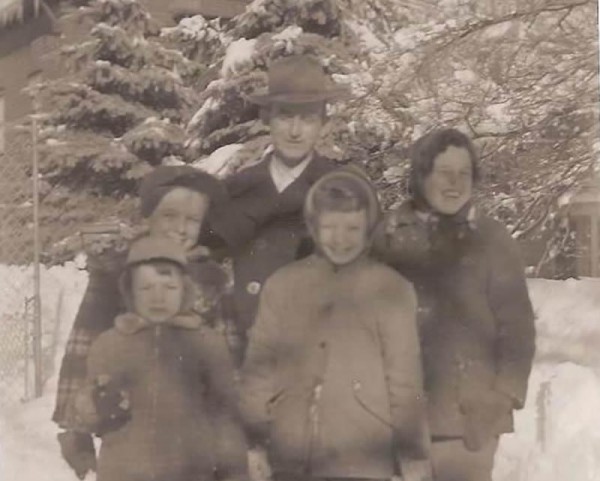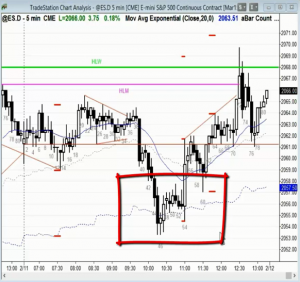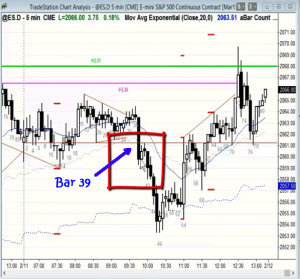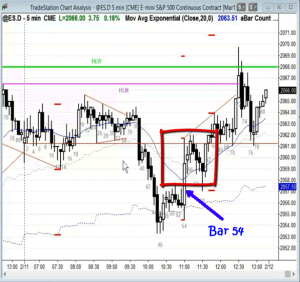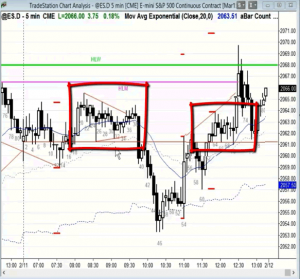BPA trading room Q&A: February 11, 2015
How long did it take you to become consistently profitable after you started trading?
Audio duration: 5min 28sec — Scroll down for images
Audio transcript
I lost money for probably 10 years, and my problem was – it wasn’t that I was not smart enough; it was probably that I was too smart. I kept studying everything, reading all these books, reading all these magazines, listening to people on television, and accepting what they were saying was true, and I had problems with all of it. It just didn’t make sense to me, like divergences with, indicators and moving averages – waiting for moving average crosses. I’d look at the markets and I’d say, “Wait a minute, what they’re saying, it doesn’t make sense. Markets are doing the opposite of what they’re saying. You know, I have divergences on stochastics at the market top, the market keeps going up most of the time.”
So anyway, it took me a long time to get the confidence to say, “I’m not going to listen to anyone.” And what I decided to do was go back to basics. I got rid of everything on the chart; all the indicators, even the moving averages, and I just looked at bars, and I began to look for patterns, and I began to see a lot of patterns. I also did probably 10,000 hours of back testing of all kinds of trading ideas, so I started getting confidence in doing what I thought was right, even if it appeared to be wrong. So when I see this big sell-off, I’m starting to look to buy, and when I see this, I’m definitely buying.
So there were a whole bunch of things that I started seeing happening time and time again that were pretty much the opposite of what I was reading about and what I was seeing on television; I decided to just throw away everything that I had spent so many years to learn and I just became a purist, a price action purist. Obviously, one of the reasons why I’m talking in the webinar, one of the reasons why I write books, and articles, and videos is, you know, I don’t want other people to go through all the garbage that I had to go through to get to where I am. And that goes back to my childhood. I grew up poor. There was six of us in a thousand-square-foot house with one bathroom and no shower. I wanted to go to Harvard; didn’t get into Harvard. Back then, in the ‘60s, they weren’t taking very many poor kids, especially – so I didn’t get in and I always felt kind of shut out and I always felt like it was hard to get ahead. And once I did get ahead, I’ve been trying really hard to help people, and I help my kids, and my fiancé’s kids, and they’re all doing great – and I like it; it makes me feel good.
I think back to when I was a kid and I didn’t have the help that I needed at the time to do what I wanted to do, so now I try to help people. I’m hoping that people do not need 10 years to figure it out. Also, what I’m saying, if you just listen to what I say and look at the charts, you say, “Yeah, what he’s saying is right. That’s what the charts are doing. That’s what the traders are doing; that’s what the computers are doing. So, in a way, it gives you an opportunity to become profitable in a lot less time than 10 years.
For me, that was my path. I know a lot of traders who have studied my stuff, my ideas, have become extremely profitable in much less time. It is kind of a short cut, but it takes a lot of work. And a lot of it – most traders are never going to see. All of the stuff that I’m explaining down here about what’s going on with the bears, most traders at Goldman Sachs have no clue about what I’m talking about. But what I’m saying is real, and it’s very real.
You don’t need to know it to be a profitable trader, but if you do know it, the more little things like that that you know – the more opportunities, the more trades you’ll see during the day. On an average day on the five-minute chart, I’d probably see 40 or 50 trades on the five-minute chart. They’re just all over the place, but you have to understand price action to see them. Some of them you don’t really need. Bar 39, you just sell and go for a walk, come back in a half hour.
Bar 54, you just buy, go for a walk, come back in a half hour. And you can do very well. So here (bar 39) you sell, you put a stop above here and place a limit order to buy 4 points lower. Here (bar 54), you buy anywhere; you buy the high of the bar, the close of the bar, and you walk away, come back, a half hour later, have a limit order to take profits at four points. And on those two trades alone, you make eight points.
So you don’t need to see 40 trades a day to make money, but when you DO see a trade, you need to take the trade. And you don’t even have to take every one, you don’t even have to take half of them, as long as you don’t take the dumb stuff.
And one of the things beginners do – it’s like flies being drawn to those fly-zapping lights. When beginners see this, they say, “Oh, thank goodness; the market’s getting quiet so it’s safer to trade.” Well, yes, the bars are smaller so the risk is less, however the probability is less as well, and entering with stops when the market looks like this is deadly. So for a lot of traders, this is where they start trading. And they start entering with stops using protective stops that are too tight and they lose money. And I make that point all the time.
If you’re entering with stops in a tight trading range, you have to use a swing stop. That’s the only way you have a chance to make any money. And you can scalp using a swing stop, especially if you’re scaling in, but you cannot look at this and say, “Oh gosh, finally it’s not scary. I can finally sell or buy. I’ll use a tight stop because I don’t want to risk anything.” No, you can’t do that, right? That’s not what the market is calling for. You have to use the appropriate stop. If you’re too uncomfortable using the appropriate stop, you have to trade much smaller or you have to wait for a different trade.
Al Brooks
Information on Al’s Online day trading room
